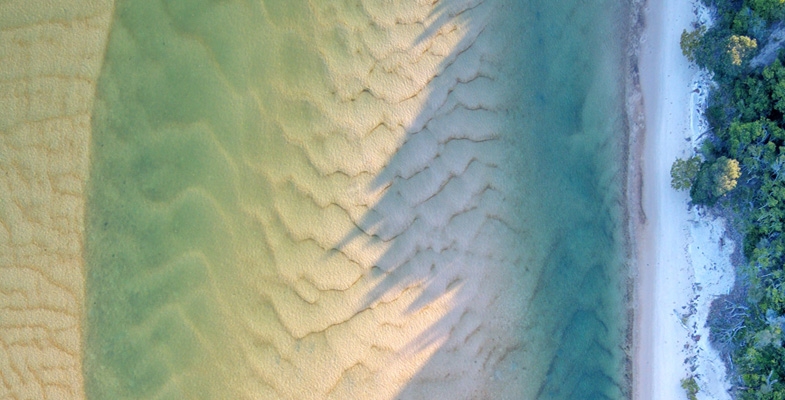The EPA released the three-yearly State of the Environment Report (SoE) in February. There are some pluses but mostly it paints a sorry picture. It boils down to the human impact from climate change and population growth.
The Australian SoE was sent to the Minister for the Environment, Susan Ley, in December. But it is has not been made public yet. The minister is required to table the report in parliament within 15 sitting days of receiving it. Parliament has sat only briefly this year so the government is not legally required to release it until the next parliament forms. What is she trying to hide?
For a change the NSW report does acknowledge the significance of population growth ‘population growth is the main driver of environmental issues’.
Yet, the NSW government’s top bureaucrats have urged the premier, Dominic Perrottet, to take a national leadership position and advocate a temporary five-year doubling of the pre-pandemic migration rate, which would increase the NSW population by about 2 million in 5 years. The argument is that this would rebuild the economy and address labour shortages.
The economy seems to be doing all right, thank you! Labour shortages seem to be a perpetual issue despite high immigration for most of this century. Perhaps it is more to do with wages being too low in the affected sectors of the economy. In 2018, Gladys Berejiklian, called for a pause to enable the state’s infrastructure to catch up. This still hasn’t happened.
Some pluses in this SoE report include:
- Air and urban water quality are generally good but the state’s major inland river systems continue to be affected by water extraction, altered river flows, loss of connectivity and catchment changes such as altered land use and vegetation clearing.
- Greenhouse gases are declining having fallen by 17% since 2005. Renewable energy sources have grown but they are still only 19% of electricity power in 2020. But, unlike the federal government, there is actually a plan to get to net zero by 2050.
- About 9.6% of NSW is conserved in the public reserve system. The rate of new reservations has increased markedly, with around 305,000 ha being added to reserves since 2018.
What about biodiversity?
The story on biodiversity is very different. Much loss can be attributed to the Black Summer bushfires but the downward trend has accelerated due to climate change and land clearing.
Improvements have been made through the Saving our Species program. $175 million has been allocated to the program for the 10 years to 2026, and $240 million has been allocated over five years to support a greater commitment to long-term conservation of biodiversity on private land.
Land clearing is the greatest threat to biodiversity. Land clearing and logging of native forests continue at record levels (54,500 hectares in 2019). Unrealistic logging contracts are driving the rates of tree felling which is crazy when several reports have shown that the government is losing money on logging operations. Land clearing is now so bad that in February the koala was declared an endangered species under the Commonwealth EPBC Act.
Money is going into saving species but the amount of land clearing is likely to be creating more threatened species. Invasive species are also a major threat. The regulatory framework under the Biodiversity Conservation Act is failing as was predicted by environment groups and the EDO.

